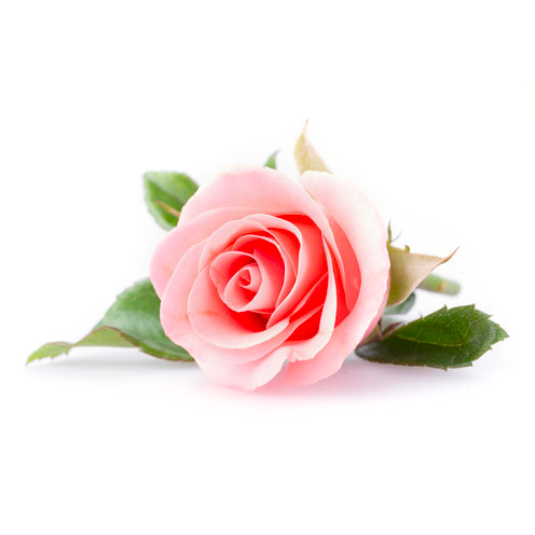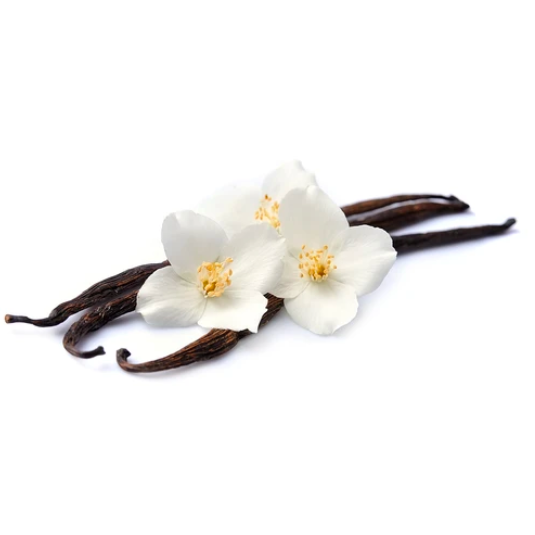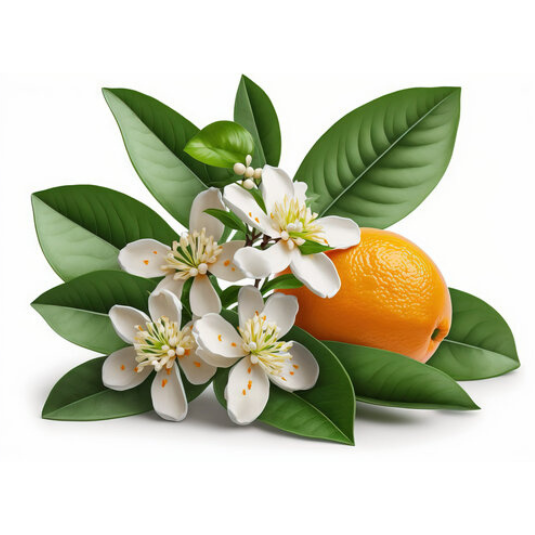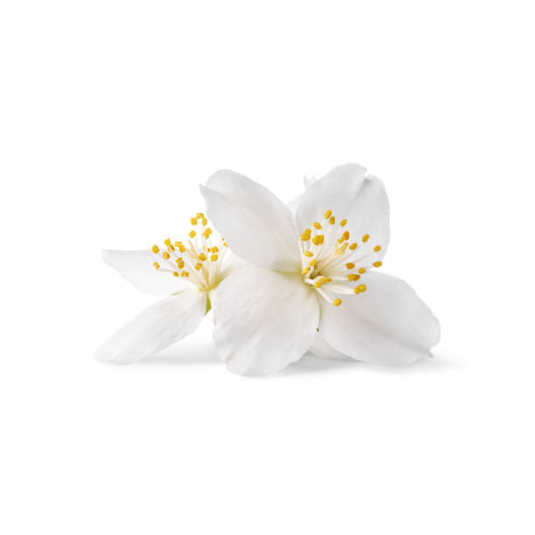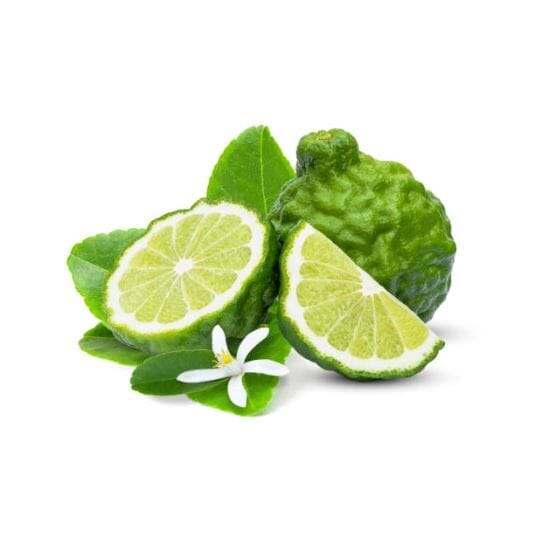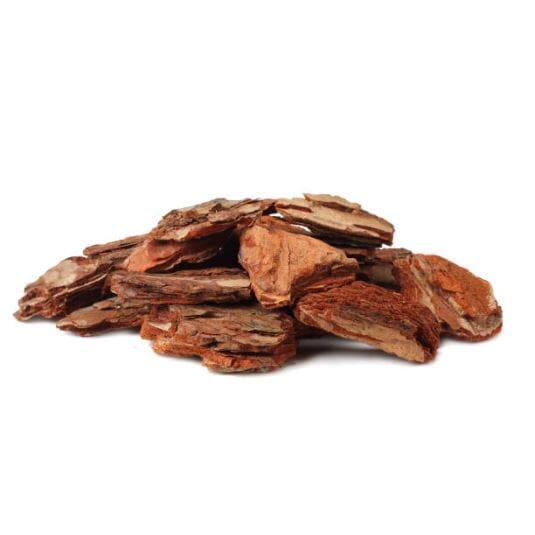What does the word iris mean?
The name iris comes from the Greek word "iris," meaning "rainbow." This name refers to the wide variety of colors iris flowers can come in. The iris is also known as the "fleur-de-lis," referring to the shape of its flower, which resembles the fleur-de-lis.
This raw material is a plant belonging to the Iridaceae family, and includes approximately 300 different species. It is native to Europe, South Africa, and Asia, and is widely cultivated worldwide for its colorful flowers and fragrant root. The iris is also a highly symbolic flower and has been used in many cultures in religious rituals and celebrations. Today, the iris is still considered a symbol of elegance and sophistication and is often used in the perfume industry to create high-quality fragrances.
In the beginning…
The use of iris in perfumes dates back to ancient times, when the Egyptians used iris roots to make perfumes and ointments. The Greeks and Romans also used iris in their religious rituals and in the manufacture of perfumes. In the Middle Ages, iris became a beloved flower among nobles and kings, who used it to perfume their clothes and homes.
In the 17th century, the use of iris in perfumes became more widespread in France. French perfumers began using iris essence, which was extracted through a complex distillation process, to create soft, powdery scents. In the 19th century, iris became a key ingredient in the creation of high-end women's fragrances and has remained an important part of the French perfume industry to this day.
Iris cultivation
Irises are grown in many parts of the world, including Europe, Asia, and South America. Grasse is known as a major producer of irises, with regions such as Provence and Dordogne producing high-quality varieties for the perfume industry. The Hautes-Pyrénées region is also a major producer of irises, supplying much of the orris used in perfumes. Other iris-producing regions include Italy, the Netherlands, the United States, and Japan.
The iris growing process begins with selecting the bulbs or rhizomes. They are planted in the fall in well-drained, sunny soil. During growth, irises require regular but moderate watering to avoid over-moisture. The colorful flowers usually bloom in the spring. After flowering, faded stems are cut back to encourage new growth. At the end of the season, division may be necessary to prevent overcrowding. Irises require monitoring to prevent pests and diseases. By following these steps, irises can thrive and beautify the garden.
What did you know about iris in perfumery?
After harvesting, they undergo various processing steps to transform their fragrance into a finished product. The petals are first sorted and selected to retain only the best. Then, the petals are pressed to extract the essential oil, which is the main component of iris perfume. This oil is then blended with other ingredients to create unique and complex fragrances.
The iris transformation process can take several months, even years, as it must age to reach its full potential. Perfumers must have meticulous attention to detail and a deep understanding of the ingredients to create superior iris fragrances.
Therefore, in perfumery, belonging to the “powdery” family, iris is known for its delicate and sophisticated fragrance. The scent of iris is often described as powdery, soft, and slightly sweet. It has floral, slightly woody, and sometimes slightly spicy nuances. Some people also describe its scent as slightly earthy and vegetal. Being a precious and versatile ingredient in perfumery, it blends harmoniously with many olfactory accords. Here are some accords commonly associated with iris:
• Powdery Accords : Iris is often used in powdery fragrances, combined with notes of vanilla, amber, musk or tonka bean, creating a soft, velvety and slightly comforting sensation.
• Floral combinations : Iris can be combined with other flowers such as rose, violet or jasmine, creating elegant and sophisticated floral arrangements.
• Woody accords : Iris blends well with woody notes such as cedar, sandalwood or vetiver, bringing depth and woody warmth to the composition.
• Leather accords : Iris can be used in leather accords, combined with notes of leather, tobacco or resin, creating fragrances that are both elegant and bold.
• Gourmet accords : Iris can be incorporated into gourmet compositions, combined with notes of cocoa, caramel or praline, offering a sweet and gourmet dimension to the fragrance.
The different species of iris
In perfumery, several species of iris are used to capture different facets of its distinctive scent. Here are some of the commonly used iris species:
• Iris germanica : Also known as bearded iris, this is the most widely used species in perfumery. It offers a sweet, powdery, and delicately floral fragrance.
• Iris pallida : This iris is prized for its powerful, floral, and slightly sweet fragrance. It is particularly prized for its use in the production of orris, a powder used in perfumery.
• Iris florentina : This species of iris is also used to produce orris. Its fragrance is delicate, slightly sweet and powdery.
• Iris sambucina : Known as mountain iris, it offers a lighter, fresher fragrance, with sweet and slightly fruity notes.
• Iris japonica : Native to Japan, this iris has a delicate and subtle fragrance, with floral and slightly herbaceous notes.
GOOD TO KNOW!
In addition to being a key ingredient in perfumes and personal care products, iris also has health benefits. It is known for its antiseptic and anti-inflammatory properties, making it a popular ingredient in skin and hair care products. It is also used in aromatherapy to help relieve stress and anxiety.
Some legendary iris fragrances...
Iris fragrances, known for their sophistication and elegance, have become a staple in the perfume industry. Here is a list of some of the most famous:
• Shalimar, by Maison Guerlain , is one of the great classics of the luxury house and features a rich base of iris combined with notes of citrus, vanilla and incense. It is an oriental eau de parfum that highlights the sensuality of iris.
• Infusion d'Iris by Prada is a unisex fragrance that features iris in a light and elegant composition. This eau de parfum combines notes of iris, mandarin, neroli, and wood to create a soft and refined scent.
• Iris Poudre by Frédéric Malle is a creation by perfumer Pierre Bourdon for the Frederic Malle brand. This eau de parfum is a soft and powdery interpretation of iris, with notes of violet, musk, and vanilla.
• Iris Silver Mist by Serge Lutens is a niche fragrance known for its intense and dark use of iris. It features notes of iris, violet, cedarwood, and patchouli, creating a mysterious and captivating ambiance.
• La Vie est Belle Absolue by Lancôme is a feminine oriental fragrance. The iris base note reveals a sensuality associated with the gourmand and woody notes of the fragrance.
• Dior Homme from the luxury house of Dior is a masculine fragrance famous for the elegance and sophistication of iris. The iris notes in this composition bring a powdery and subtle dimension, creating a sensation that is both soft and virile.
UNUSUAL!
Iris Gris was created by French perfumer Jacques Fath in the 1940s. This fragrance was renowned for its abundant use of iris and was considered one of the most beautiful perfumes ever created. Unfortunately, due to the ban on the use of iris essence in perfumes due to its toxicity, this eau de parfum was withdrawn from the market after only a few years of production. Today, original bottles of Iris Gris are extremely rare and sought after by perfume collectors, testifying to the legendary legacy of this iconic iris in perfumery.
Iris X Good Perfumer

Our high perfumery collection is composed of several scented creations, for men and women, based on iris:
• Eau de parfum 302 offers an amber variation based on iris. The fragrance takes flight with spicy top notes like cardamom and pink pepper. Then, it reveals its heart of iris blended with vanilla and incense. The addition of sandalwood and amber notes creates an elegant and timeless fragrance.
• Eau de Parfum 501 uses iris among its heart notes, in association with scents of praline, patchouli and licorice to create a gourmand and sensual fragrance.




